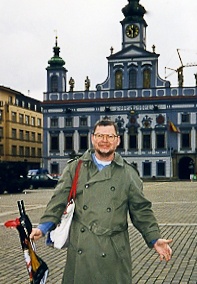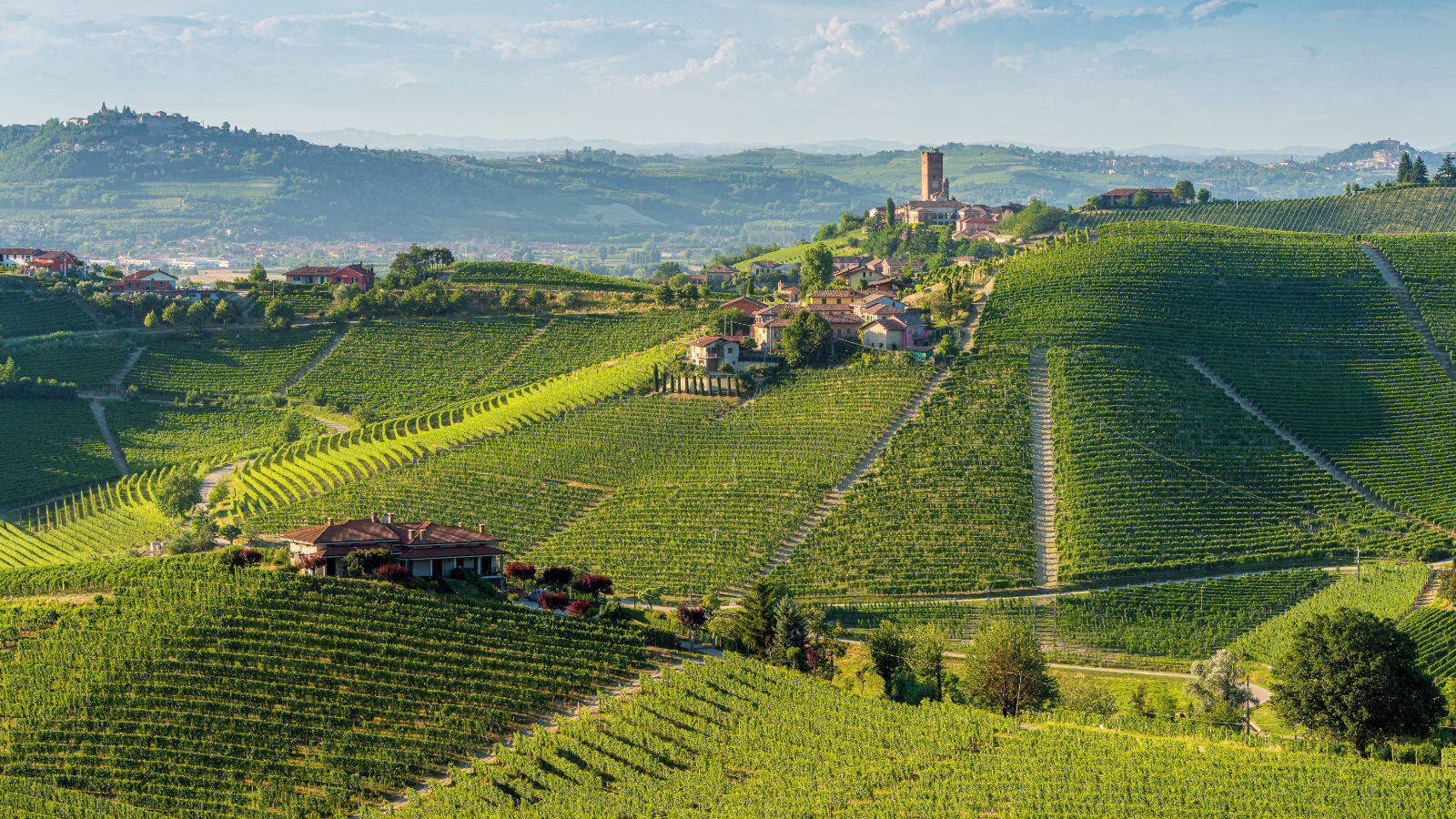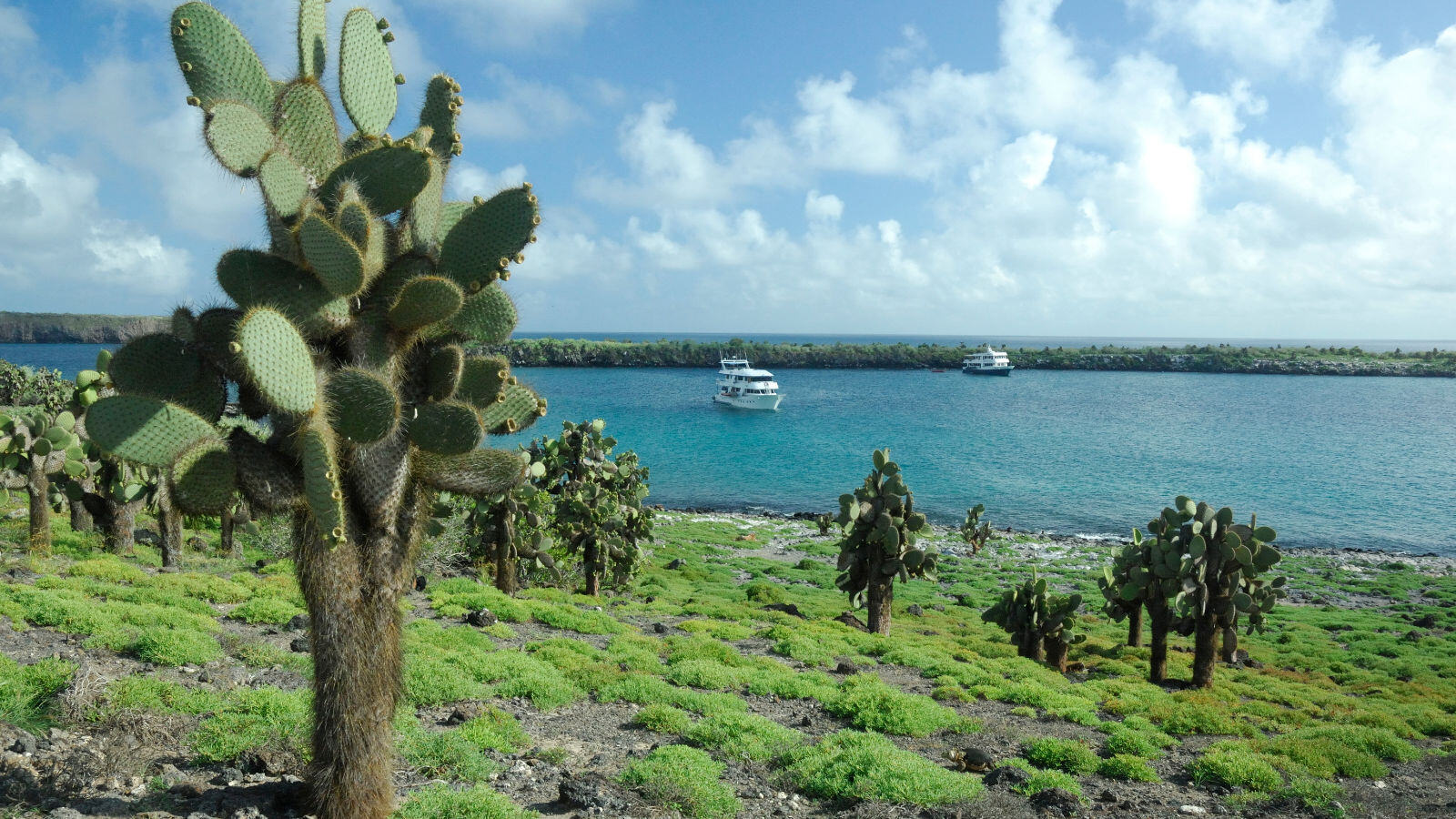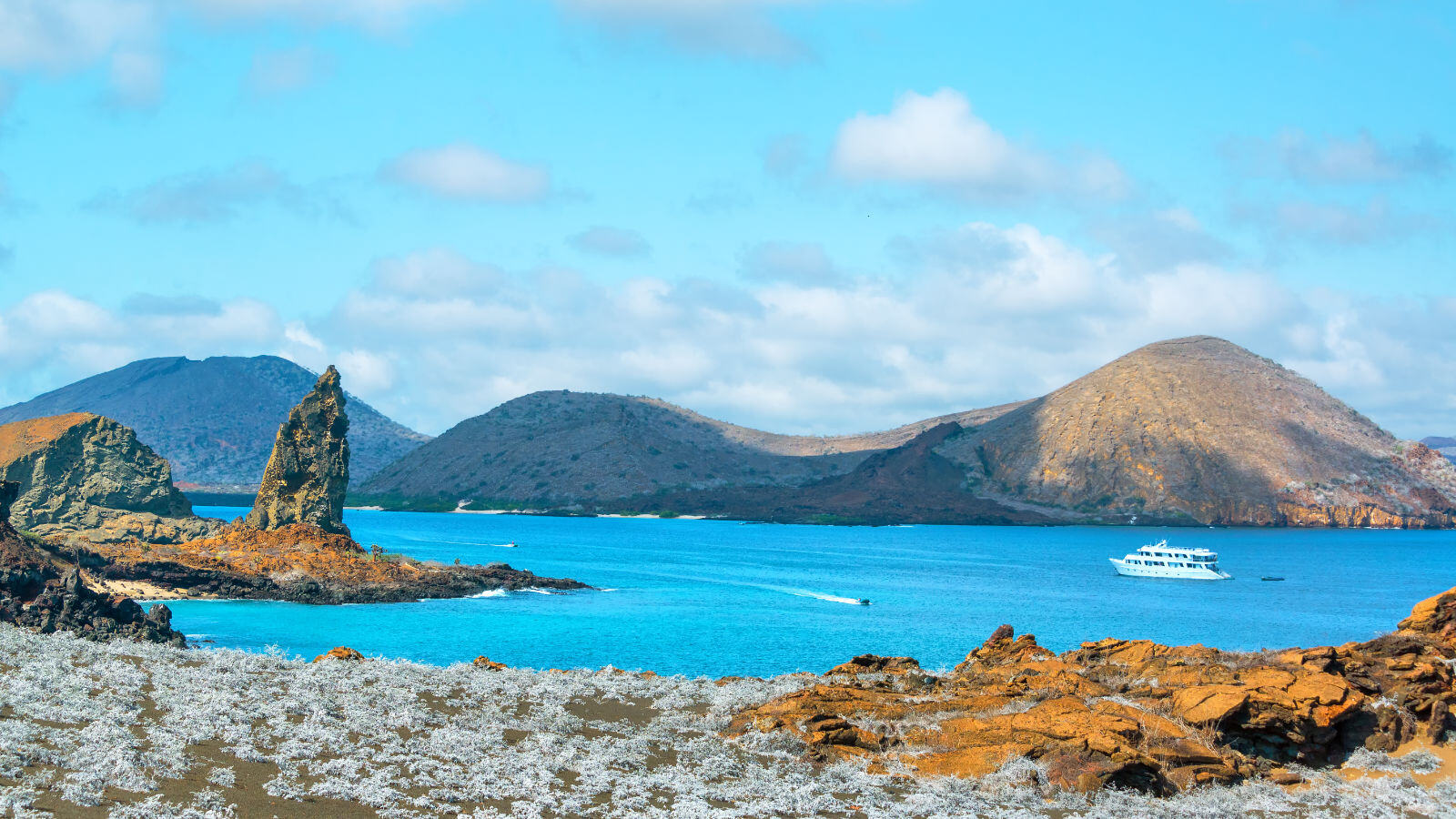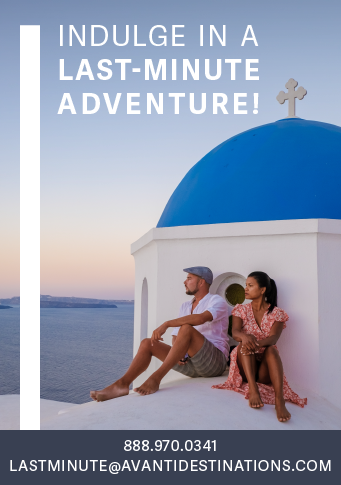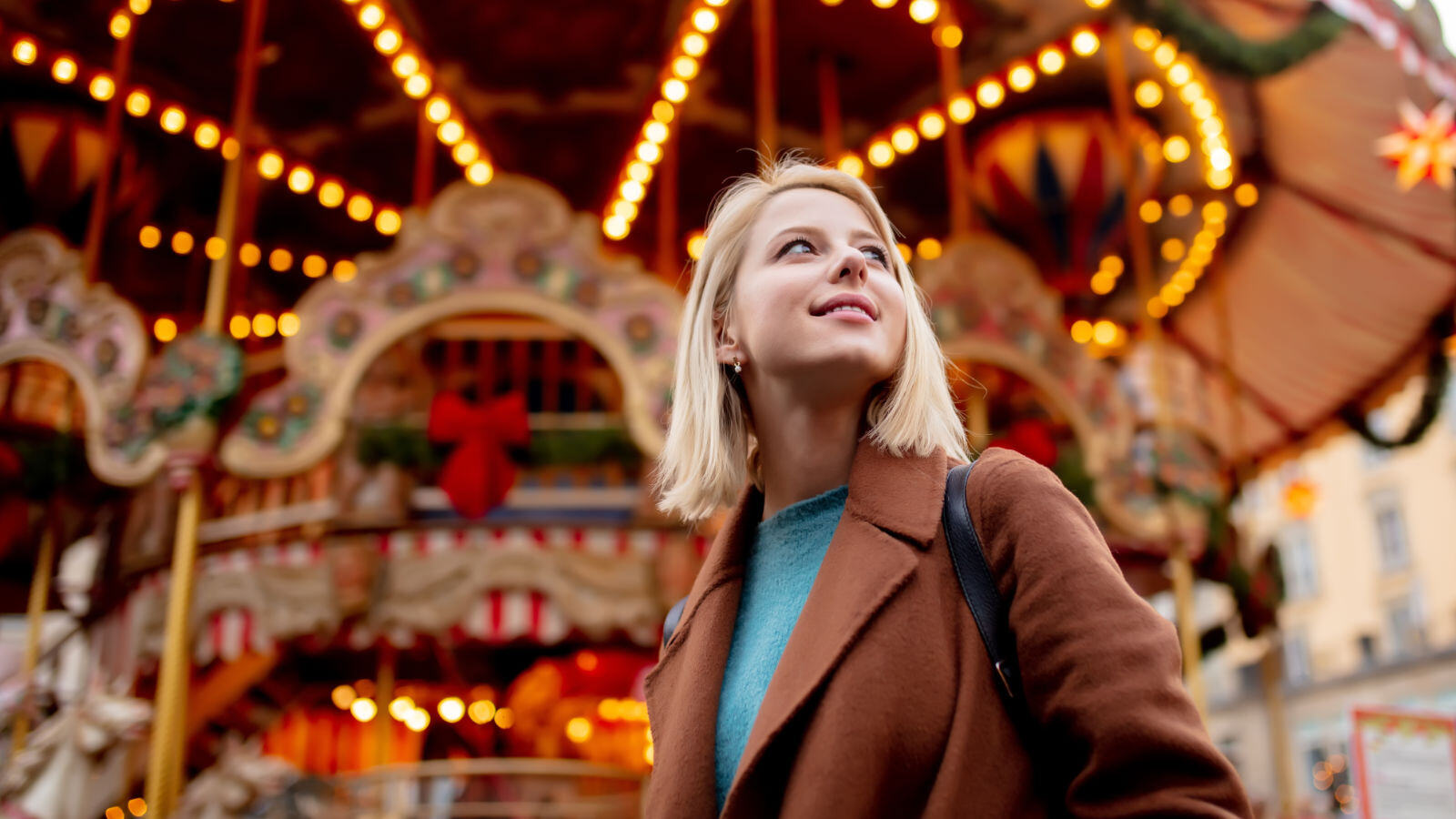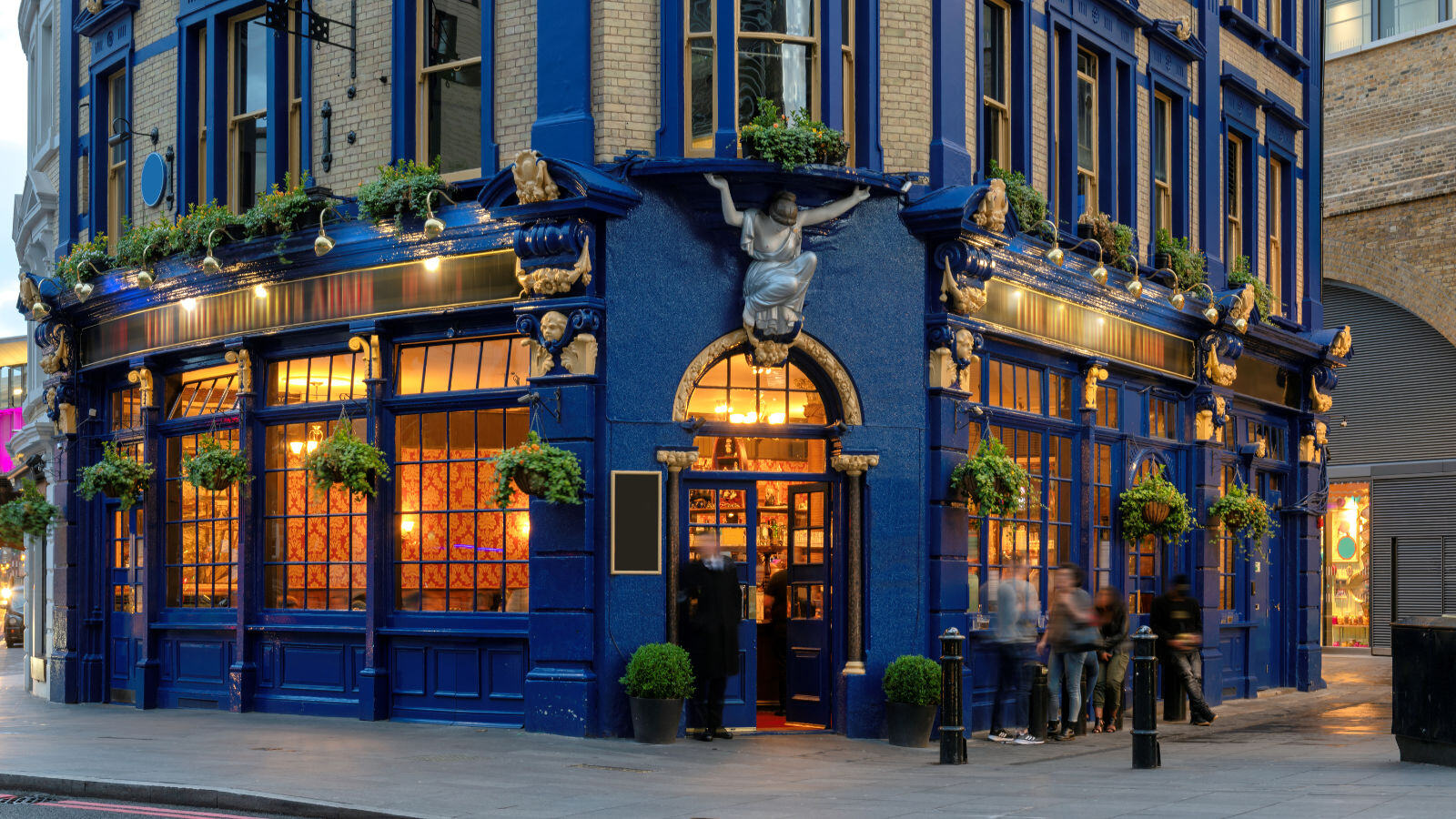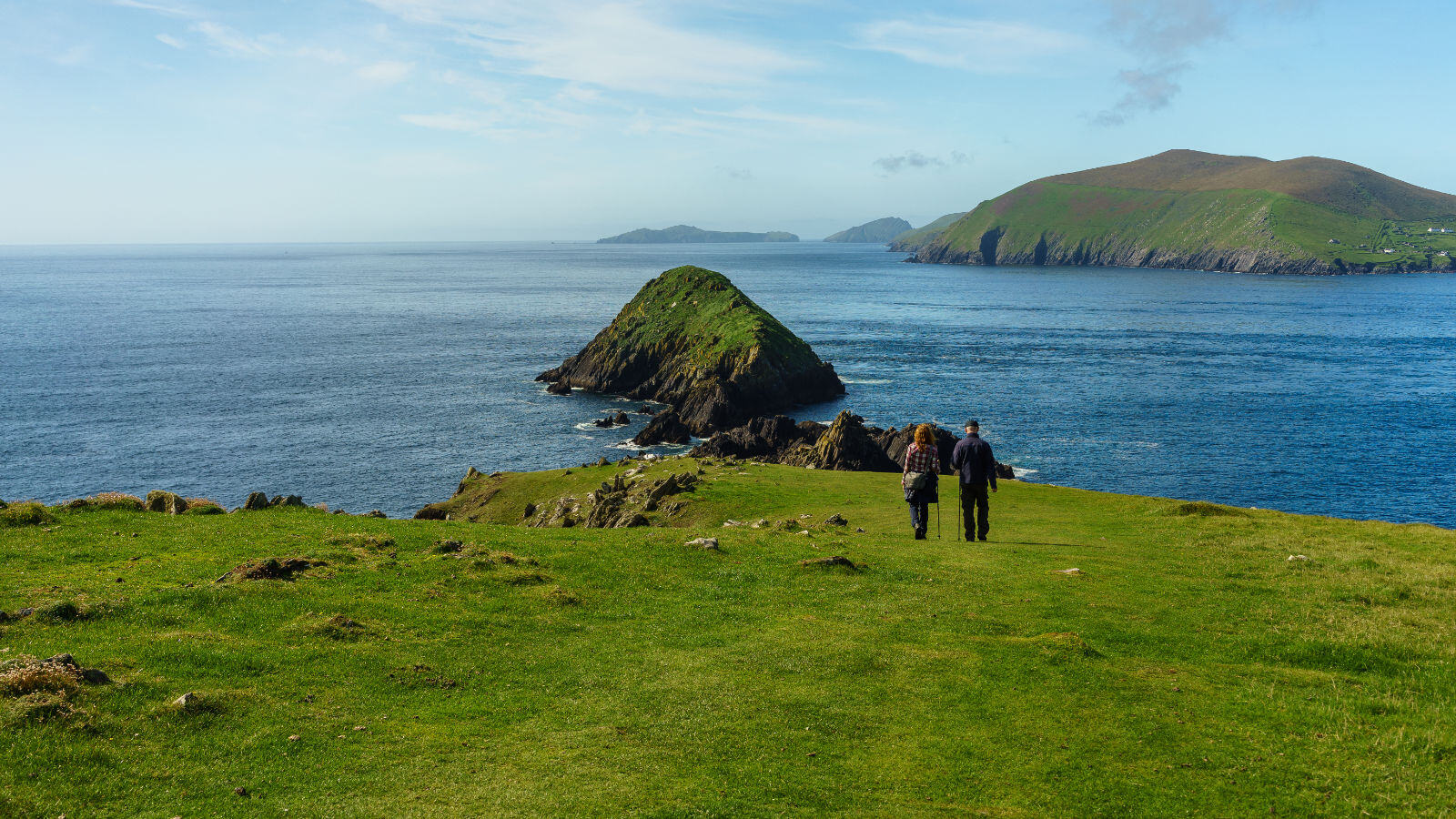The Italians say pee-ay-MON-tay. In either case, it's worth a trip. The Piemonte is another overlooked region by US travelers, joining the growing list of other underrated areas like Donegal, Ireland, Galicia in Spain, Brittany in France, Bremen in Germany, and Cornwall in England.
In any event, it's a shame that more Americans have not found their way here, considering its' short driving distance from Milan, and it's major city Turin, offers excellent air connections.
If you are a wine connoisseur (or just like an occasional glass), this region rivals Tuscany with magnificent reds like Barolo and Barbaresco. In addition, the famous Italian sparkling wine is found in Asti (as in Spumante), with it's charming cobblestone streets and 18th century squares. And here's a little tidbit to impress at your next wine soirée; The main difference in Barolo and Barbaresco is in the soils. The soil in Barbaresco is richer in nutrients and, because of this, the vines don’t produce as much tannin as found in the wines of Barolo. Barolo requires wines be stored for 3 years before release, whereas Barbaresco only requires 2 years. So now you know. And both areas are a short drive from Turin.
For car aficionados, it's the homes of “Fabbrica Italiana Automobili Torino” or Fiat for short. Take the Metro to Lingotto for Lingotto Fiere at Via Nizza 294 (lingottofiere.it), the former Fiat factory with its rare rooftop test track. These days it is filled with cultural venues, shops and hotels, having been audaciously re-imagined by Renzo Piano.
Turin or Torino: The capital and the most French of all Italian cities. Only 97 miles from Grenoble and 148 miles from Nice, so one could easily add this city to your itinerary, even from France.
This is the home of Italy’s car industry, its first cinema, and arguably chocolate; it’s the place in which vermouth and Nutella were invented, and it gave birth to the Slow Food movement.
Turin also hosts some of the world’s most valuable historic pieces and religious relics, among which the famous “Shroud of Turin”, as well as Leonardo da Vinci’s self-portrait and his Codex on the Flight of Birds. It also boasts the world’s second most important Egyptian museum after Cairo, not necessarily in terms of number of artifacts, but because of its outstanding quality.
Turin is the Italian capital of chocolate. The famous gianduja, a hazelnut and chocolate paste at the origin of Nutella (which was originally called pasta gianduja), was created here. Its' creation was the direct result of the English embargo on cocoa during the Napoleonic wars.
Trivia alert: To curb the embargo, Turinese chocolate makers had the idea to mix hazelnuts (which were abundantly available in Piedmont), into the chocolate, creating the famous hazelnut and chocolate mix.
Another proof of Turin’s long chocolate tradition is CioccolaTo, a 10-day-long chocolate fair, a must-be rendezvous for chocoholics from around the world, running yearly from the end of November through the beginning of December.
The other chocolate-based icon of the city is the bicerin, a favorite drink among Italian and European aristocracy, made of espresso coffee, chocolate and whipped cream.
And where would one find that? There is probably no other city in the world (with the exception of Vienna) with as many historic cafés still in operation, where you can soak up the revolutionary and literary atmosphere of the 19th century. Turin was a literary center for many centuries, with Nietzsche, Alexandre Dumas, Puccini, and Rossini; all frequent patrons of these famous coffee houses.
Lago de Orta: The undiscovered Italian lake...at least by Americans.
There is a code of silence that surrounds this scenic and serene lake. Locals and visitors alike are reluctant to tell others about its beauty for fear of more visitors. The Milanese call it La Cenerentola (Cinderella) because they have long considered it to be the superior sibling in relation to the larger, money-saturated lakes of Como and Maggiore. And it's amazingly accessible, allowing one to take day trips in about an hour. But it's worth a few nights stay, especially at the Villa Crespi; a lavish, four-star, Turkish-inspired castle-hotel, including a two-Michelin-star restaurant.
A must visit is the Isola San Giulio. This little gem offers stunning scenery and a well preserved basilica and a 19th century monastery. In fact, many Italian couples will choose this fairy tale setting for their wedding. The boat ride from Orta takes about 10 minutes.
Avanti Destinations offers 2 night accommodations in the Lake Orta region, at the aforementioned Relais & Chateau Villa Crespi. Included is daily breakfast and a private tour of Isola San Giulio.
For the culinary fan, Avanti offers the “Piedmont Chocolate & Barolo” package, complete with transfers, walking tours, lunch and wine tasting, and a cooking class. 2 nights in Turin and 2 in Langhe.
Best time to visit the Piemonte region: The last 50 years.
